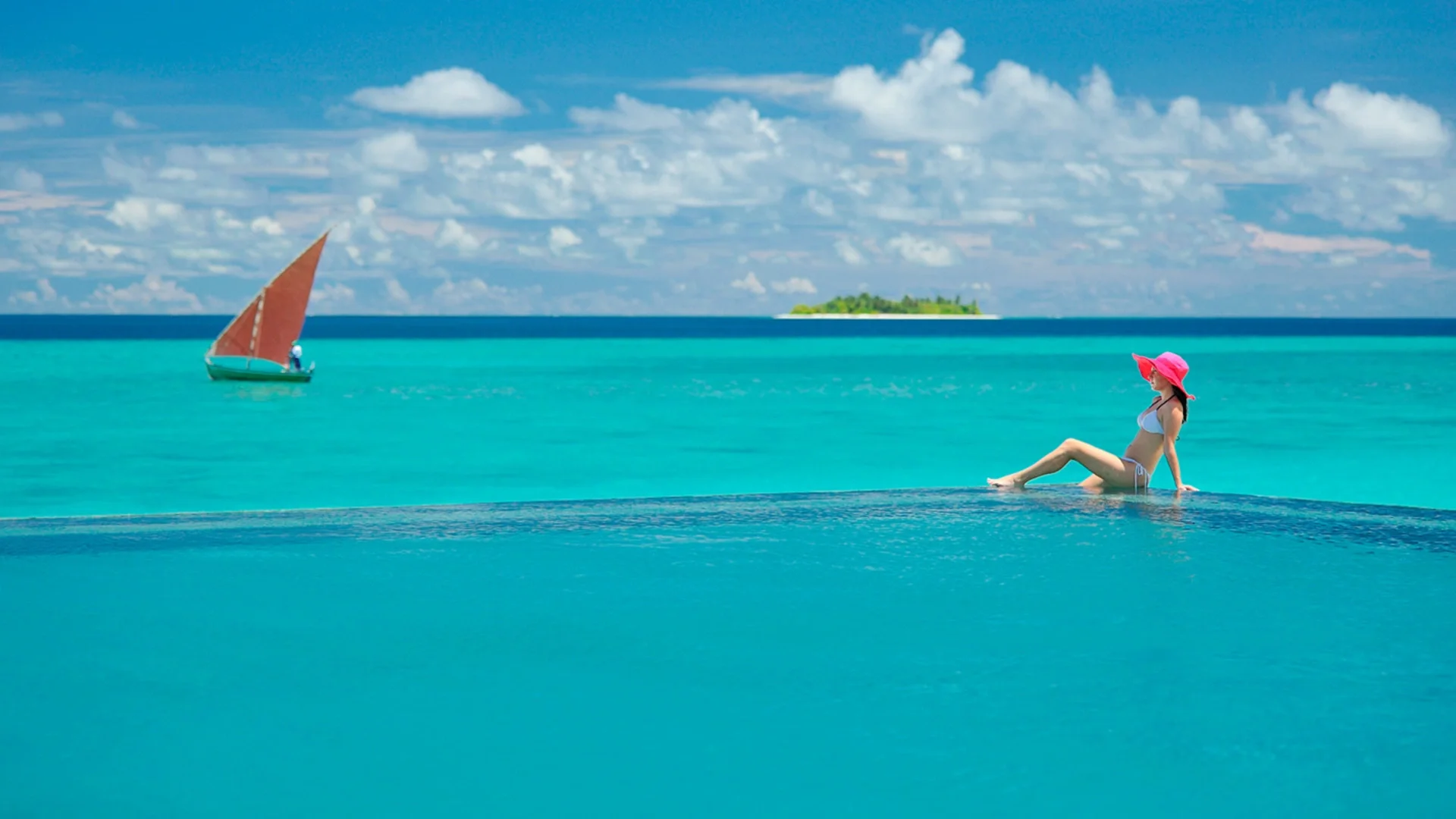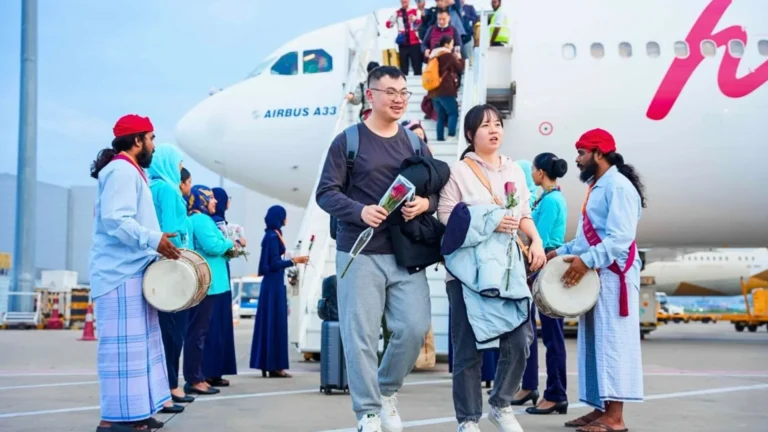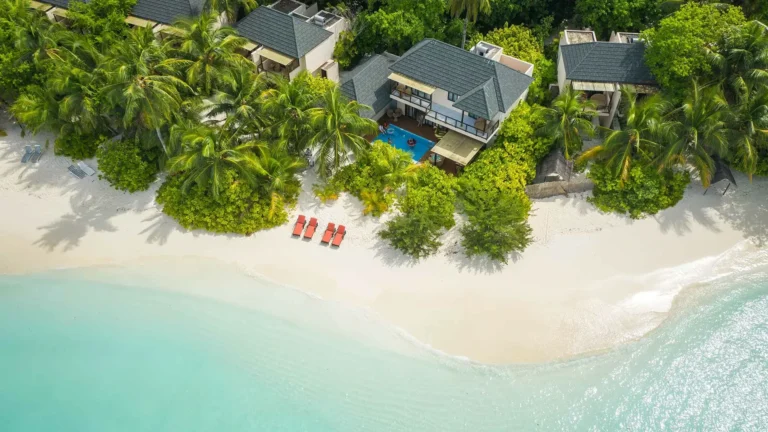Tropical Monsoons and Weather of the Maldives
The maldives’ tropical climate ensures relatively warm temperatures throughout the year, making it a favorite destination in the tourism industry. The Maldives experiences a tropical monsoon climate rather than the 4 seasons most of the world is accustomed to. Average temperature ranges from 25 to 30 degrees Celsius across the year with high humidity.
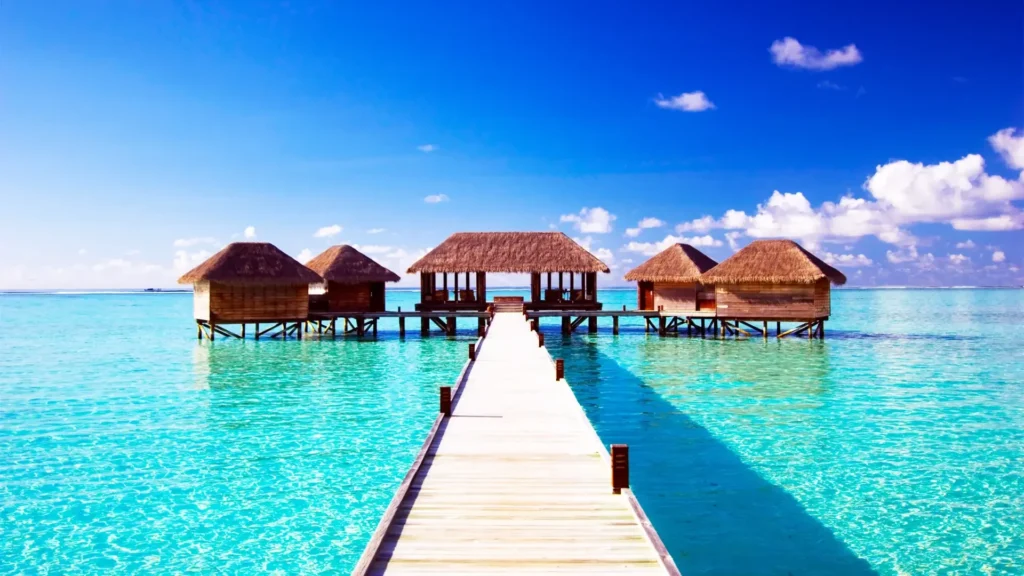
The weather patterns are typically governed by two distinct monsoons. Northeast monsoon, or Iruvai in the local language, and Southwest monsoon, or Hulhangu in Dhivehi.
The most favorable time to visit Maldives is during the Northeast monsoon. This monsoon spans from December to April and is characterized by days full of sunshine, calmer seas, and dry conditions. This monsoon usually offers perfect conditions for all your favorite water-based activities. If you’re looking to go snorkeling or diving and experience the lovely marine ecosystem of the Maldives this monsoon offers good visibility and clear waters.
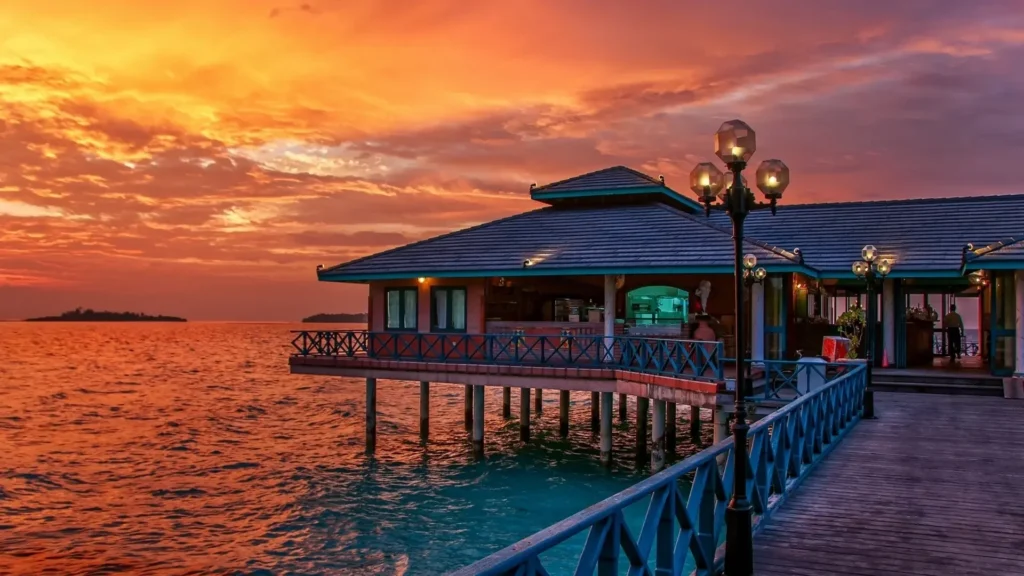
On the flipside, the Southwest monsoon, spanning from mid-May to November, is filled with tropical storms, strong winds and more cloud cover. Despite heavy rainfall and storms, the sun always finds time to shine through the clouds. The intensity of this monsoon varies across the many atolls of the Maldives, with the regions to the south facing a higher amount of annual rainfall. Despite the rain, this monsoon is when the gentle giants of the oceans are more abundant in the Maldivian waters. Manta and Whaleshark sightings see an increase during this time and offers travellers a higher chance of catching sight of them.

It’s worth noting that the periods around December and April are often considered transitional phases between the two monsoons. During these times, the weather can be more variable, with fluctuating winds and occasional rainfall.
While the monsoon seasons provide a general understanding of the likely weather patterns, daily conditions can still be somewhat unpredictable, with brief rain showers possible even during the dry season. These showers are often short-lived and followed by the return of sunshine. Therefore, while the northeast monsoon is generally regarded as the prime time for a visit due to its drier and sunnier conditions, the Maldives remains a warm destination throughout the year, with each season offering its own distinct characteristics.

